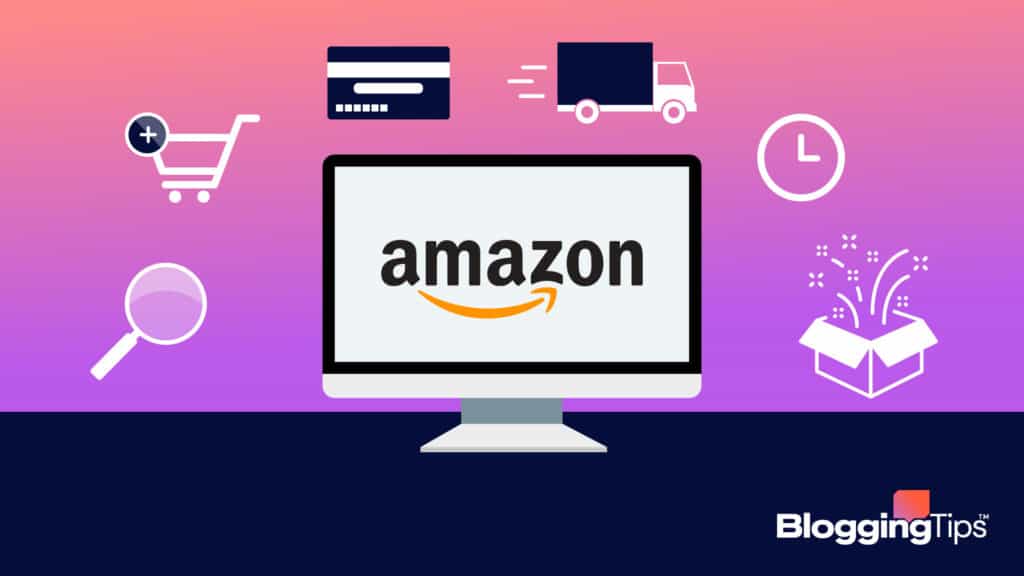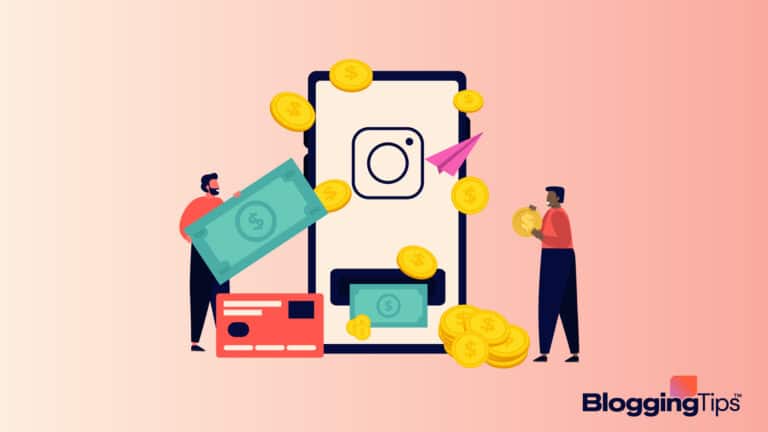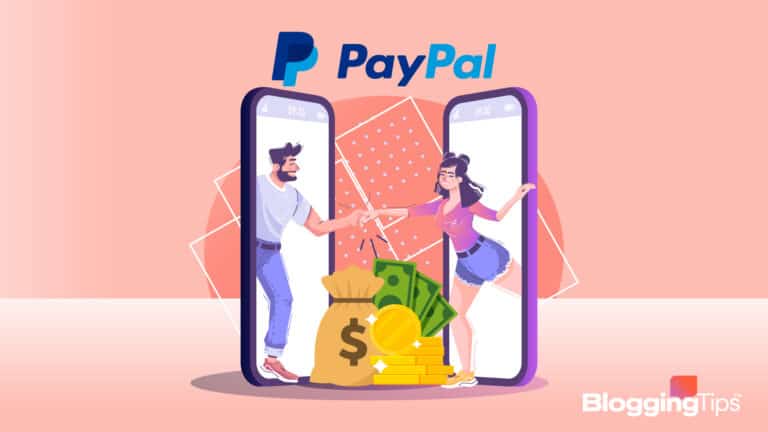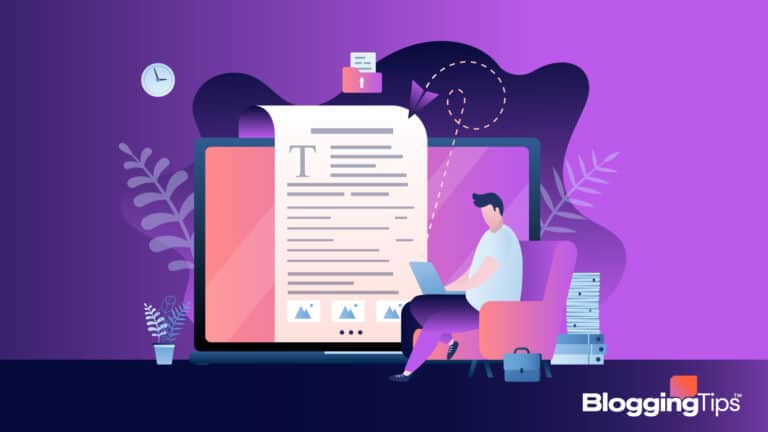Amazon is one of the most popular online shopping platforms ever created.
Here, you can sell and buy anything from the comfort of your home.
Nothing beats such a feeling: all you have to do is click on your phone, and just like that, your products are available to prospective customers.
The company boasts of having more than 350 million active customers, all of which are spread worldwide.
The service is available in 180 different countries.
Better still, third-party sales are becoming the order of the day, amassing a considerable portion of overall Amazon.
This beginner’s guide is for you if you’re looking to start selling on Amazon in 2022.
We’ll cover everything you need to know to get started.
Let’s dive into things now.
Can You Make Money Selling on Amazon?
It is possible to make money selling on Amazon.
Many people are doing it and making a living from it.
However, it is not easy, and it takes a lot of hard work and dedication.
If you are not willing to put in the work, it is probably not something you will be successful at.
At the moment, Amazon has more than 1.9 million sellers listed to sell their products through the platform.
Things are picking up fast; at such a rate, we expect the number to rise.
However, this does not mean you are late.
As the service grows, a place for new sellers and buyers opens up too.
One might wonder, how much money can you make selling on Amazon?
Well, the answer to this question can vary.
First of all, you need to keep in mind that different sellers offer different products on Amazon.
The actual income in figures will vary depending on the products and customer flow.
Also, there are different ways of selling your products on Amazon.
However, just like any other business, you should expect to incur some expenses and fees before your online store can be fully functional.
However, the rest is just straightforward from here.
Is Selling on Amazon profitable?
There has been a noticeable shift in consumer spending in favor of eCommerce.
This growing trend is part of why many people are opting to run online stores, and Amazon provides one of the best fulfillment networks in the world.
The fourth quarter of 2021 saw 56% of Amazon goods being sold by third-party sellers.
And according to the available data, most Amazon sellers make at least $1100 every month in sales.
As this practice has just been fully adopted recently, almost all sellers can be deemed new to the game.
So even if you are new to it all, there are ample opportunities to make a profit.
Do You Have To Be A Business To Sell On Amazon?
Amazon does not require that you have a company to sell on their site.
However, there are specific requirements that you must meet to be eligible to sell on Amazon.
These include:
- You must be at least 18 years old
- You must have a credit or debit card that you can use to make payments on Amazon
- You must have a valid email address
- You must have a phone number that can be used to contact you.
You might get confused on which profile to use on Amazon, personal or business.
However, please note that both are pros and cons to selling on Amazon as a business or as an individual.
You may have more control over your inventory and pricing as a business, but you will also have to pay fees and sales tax.
You may have less control, but you will not have to pay as many fees as an individual.
What Is Fulfillment by Amazon (FBA)?
Fulfillment by Amazon service is provided by Amazon to its sellers.
Amazon FBA allows sellers to send their inventories to Amazon’s fulfillment centers.
Once the inventory arrives at the fulfillment center, Amazon will first pick, then pack, and finally ship the items to the customer’s doorstep.
This takes off the burden from the sellers, allowing them to reach their customers quickly and conveniently deliver the products.
How Does FBA work?
The program operates on simple terms.
An Amazon seller can ship their products and merchandise to these Amazon fulfillment centers for storage.
Whenever a customer places an order on one of these products, the employees at Amazon will take it upon themselves to find the product from the inventory, prepare it, package it, and send it to the customer.
You can take advantage of these services, especially since you are just getting started trading on Amazon.
Below are some benefits that you can enjoy from using the service.
Associating Your Brand With a Big Name
Having Amazon’s name associated with your product is a big win in the market.
The name itself gains the customers’ trust, and they are more likely to patronize you because of it.
Chances are they have already heard about Amazon!
You can even attract an Amazon customer.
24/7 Customer Service for Your Products
After your products are in the fulfillment center, all inquiries, returns, queries, and refunds will be handled by Amazon.
Better still, the service is offered to you for free.
Better Shipping Deals
Amazon has already established relationships with shipping companies.
They will use them to ship your products to customers.
Also, they are shipping many products at once, which comes with deals such as discounts.
The shipping cost will be less than shipping them individually.
Wider Customer Reach
Once a seller qualifies for the FBA listings, they are Amazon Prime-eligible and will therefore have a time logo.
This service will not only instill trust in existing customers but will also attract new ones.
You will even benefit from Amazon advertising.
Standardization of Shipping Services
After being ordered, all products on the FBA listing are included as part of the Amazon marketplace.
They are processed the same way Amazon processes its own products.
Therefore, you can list your product on your website, but Amazon will still cover the rest of the heavy lifting through the FBA program.
FBA Drawbacks
However, just like any other program, FBA also has some drawbacks.
For example, if your products are oversized or slowly moving, the storage fee might become costly.
Also, if your goods or products get damaged, you will be required to pay removal fees for them.
Lastly, you have to be ready to pay disposal fees for any unsellable products in your inventory.
However, these disadvantages should not worry you.
You can easily bypass them if you are a savvy seller.
For instance, you can start small as you grow and stock up little inventory for your infant market.
Later, you can upscale little by little.
What Are FBA qualifications?
You have to be eligible for the program to trade on Amazon using it.
Amazon FBA Eligibility can be termed as a three-step process.
The first step is to create an Amazon account as a seller successfully.
Assuming you already know what you want to sell on the platform, you will decide which plan to sign up for, an Individual Plan or a Professional Plan.
There are twenty categories in which your products can fall.
If you go for the Professional Plan, you get exclusive access to 10 additional categories.
Product Restrictions
After registering, you must pay attention to the second eligibility step, the product restrictions.
FBA has a list of things they can ship and those they cannot.
As FBA enables you to use Amazon’s warehouses, restrictions will apply to all the inventory they hold for you.
Most of them, however, come down to common sense.
For example, you cannot list products whose sale is illegal within the United States.
Ornate Restrictions
There are also some ornate restrictions to be followed too!
For example, you cannot list products such as automobile tires, paper sky lanterns, loose batteries, or gift certificates.
The last step is inventory eligibility.
Their fulfillment warehouses are spread worldwide to store sellers’ goods.
Eligibility
The eligibility is specific to a product category, but some will cut across all of them.
For instance, for your inventory to be put in the Amazon store, all the products have to be barcoded with either an Amazon barcode or a manufacturer’s one.
Products with faulty barcodes will not be considered for shipping.
Packaging Requirementsligibility
The packaging requirements are straightforward.
They will not ship anything that bangs around the box, so your packaging must be top tier.
Also, they require you to use six-sided boxes made of cardboard for shipping purposes.
They will also not allow in any products that will require the employees to assemble for shipping.
Do I need FBA to sell on Amazon?
No, you don’t need to use FBA to sell on Amazon.
However, many sellers prefer FBA because it offers several benefits, such as fast shipping and hands-off fulfillment.
However, there are many other options available for selling on Amazon.
These include:
Amazon’s Merchant Services.
Amazon Merchant Services is a payment processing service for businesses that sell on Amazon.com.
Amazon Merchant Services allows a third-party seller to accept credit and debit card payments and ACH payments from customers.
Amazon Merchant Services also provides businesses with the ability to track their sales and inventory levels and manage their customer information.
Amazon Webstore.
It is a platform that helps businesses create and manage their own online stores.
The service provides a customizable eCommerce solution that includes everything businesses need to get started selling online.
Amazon Webstore service offers a wide range of features and tools to help businesses grow and succeed online.
How Much Does It Cost To Sell on Amazon?
The fees that Amazon charges sellers on its platform keep it going.
However, as a seller, you need to determine how much profit your Amazon business will generate.
Let’s look at the breakdown of the fees that Amazon charges its sellers.
- Monthly Amazon seller fee – Professional sellers on the platform (sellers who manage to sell more than 40 items) must pay a $39.99 subscription fee every month. The fee is fixed whether you make the sales or not. Individual sellers do not pay any monthly fee.
- Per item charges – For every item an individual seller sells on Amazon, they are charged $0.99. professional sellers are not charged such fees.
- Shipping charges – These are the fees that a company charges to ship products to customers. These fees can vary depending on the company, the products being shipped, and the customer’s location.
- Referral fees – A referral fee is a commission paid by one company to another for the referral of a customer. The referral fee is typically a percentage of the total transaction value and is paid by the company that receives the referral.
Is it Possible To Sell on Amazon for Free?
Yes, it is possible to sell on Amazon for free.
There are two ways to do this: Amazon Fulfillment by Amazon (FBA) or using a fulfillment service other than Amazon.
With FBA, Amazon handles storage, shipping, and customer service for your products.
You will pay fees for these services, but you will not have to pay for a monthly subscription.
If you use a fulfillment service other than Amazon, you must pay for that service.
However, you will not have to pay any additional fees to Amazon.
Selling on Amazon: How To Get Started
If there is one thing that Amazon did a great job on, it is streamlining the selling process.
Selling on Amazon is just like starting a small business.
Let’s look at the steps followed in doing so.
Create a Business Plan
A business plan is a formal document that outlines the goals and objectives of a business.
It also includes a detailed overview of the business’s financials, marketing strategy, and operations plan.
The importance of a business plan lies in its ability to act as a roadmap for the company’s future.
Together with your Amazon selling plan, a business plan will be the starting point for setting up your business.
You will know what items to list where, how to fund your operations, and much more.
Start Market Research
There are several ways to conduct market research for an online business.
Common methods include surveys, focus groups, and online research.
This step is crucial, especially if you already have what you want to sell in mind.
You can study how other established Amazon businesses within your industry function and borrow a leaf.
How do you ensure that your product brings you success?
Is your product the right one for Amazon?
The more you know, the less risk you are taking.
Find Product Suppliers
After you have established the type of product you want to sell, you can then shortlist some trusted suppliers in the industry.
It would be best if you reached out to each one of them, taking time to listen to their offers before making an informed decision.
The best way to do so is by getting in touch with the supplier’s brand representative or manager.
You can go the modern way and reach out through email.
It might be a tedious job, but you didn’t come all this way to pick just any other supplier.
Register for an Amazon Account
Registering for an Amazon account is easy on the Amazon seller central.
If you meet all the eligibility requirements, you go to the Amazon website and click on the “Your Account” link at the top of the page.
Click on the “Create a new Amazon account” button and follow the on-screen instructions.
Create Product Listing
To create a listing on Amazon, do the following:
- Go to Amazon.com and click on the “Sell on Amazon” button.
- Sign in to your Amazon account.
- Click on the “Create a new listing” button.
- Enter the product name, description, price, and other relevant information.
- Choose a category and subcategory for your product.
- Upload photos of your product.
- Click on the “Submit” button.
6. Manage Inventory
Listing your products is one thing, and managing the inventory is another.
Taking control of your Amazon inventory attracts shoppers, reduces your inventory costs, and reduces losses.
However, many small businesses on Amazon lack a sound inventory management system.
You can use Amazon inventory management software.
It allows you to track and automatically manage your inventory.
Doing so ensures that you do not have too much or too little.
Other tips to help you manage your inventory include understanding your inventory turnover rate, prior planning for sales fluctuations, etc.
Selling on Amazon: Is It Worth It?
Your experience with Amazon as a seller has a lot to do with you as a seller.
Some sellers believe that Amazon is worth it and have been successful in their ventures.
Others have tried and failed, though.
That said, below are the pros and cons of selling on Amazon.
Pro: Increased Visibility and Reach
When you sell on Amazon, your products become visible to millions of customers worldwide.
An Amazon shopper will trust your product too.
Pro: Prime Shipping
If you use Fulfillment by Amazon, your products will be eligible for Prime shipping.
Prime members get free two-day shipping on eligible items, leading to increased sales.
Access to Amazon’s customer base: This can be a great way to grow your business.
Pro: Easy To Get Started
Amazon makes it easy to get started selling.
You can sign up and start selling quickly and easily.
Better still, you can use the convenient Amazon seller app on your smartphone.
Con: Less Control
You may have less control over your product listings and branding on Amazon than you would on your own website.
Also, Amazon’s customer service and return policies may not be as favorable to sellers as those of other online marketplaces.
Wrapping Up
Overall, selling products on Amazon can be a very lucrative business venture.
With the right products and the right strategies, you can make a lot of money selling on Amazon.
Just be sure to do your research and understand the platform before getting started.







